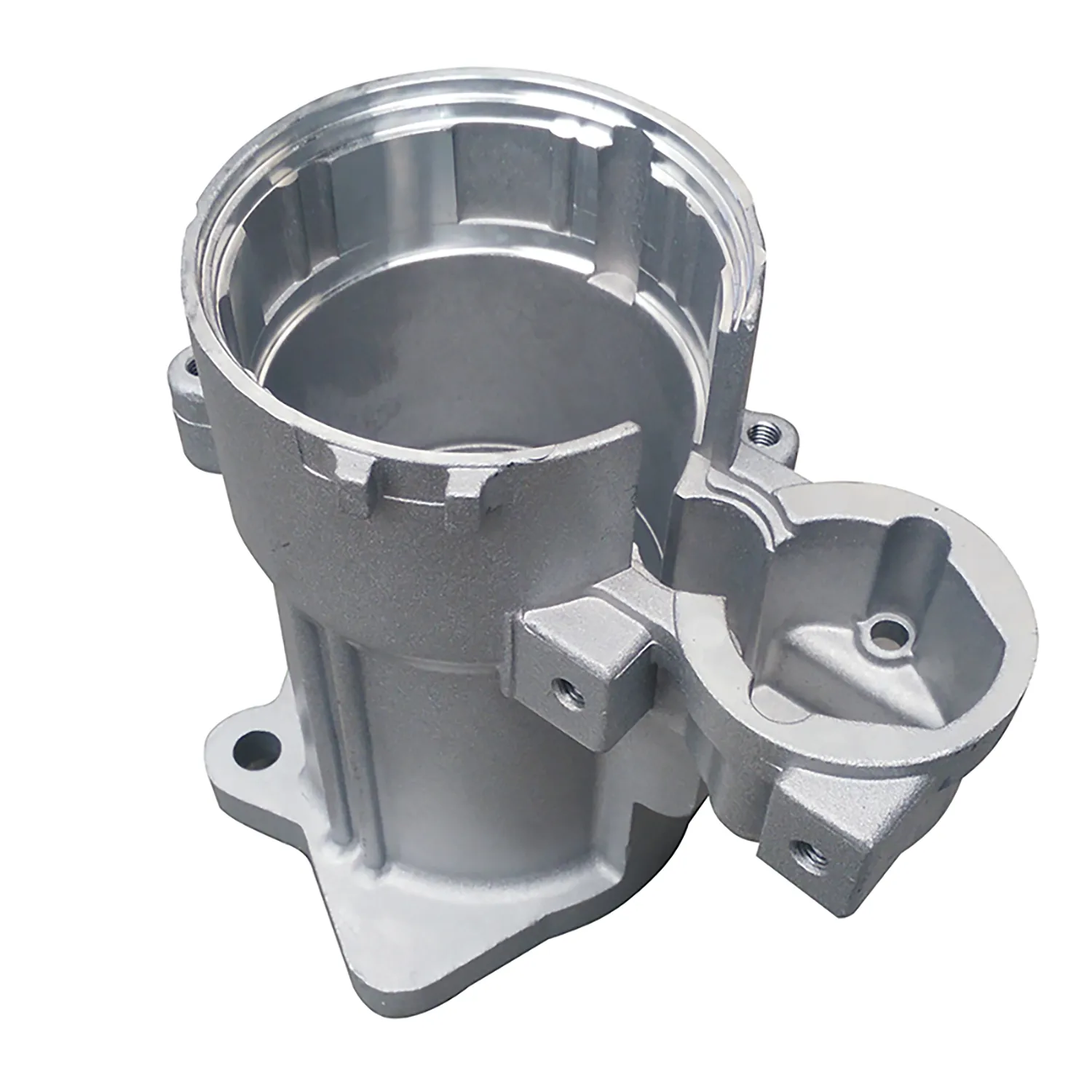Mobile:+86-311-808-126-83
Email:info@ydcastings.com
Understanding the Function and Importance of Oil Pans in Car Engines
Understanding the Oil Pan in a Car Engine
The oil pan is a critical component of a car's engine, often overlooked yet instrumental in ensuring the engine runs smoothly and efficiently. This essential part of the lubrication system serves as the reservoir for engine oil, allowing it to circulate properly and maintain optimal engine performance. Understanding the function and importance of the oil pan can help car owners appreciate its role in their vehicle's overall health.
What is an Oil Pan?
The oil pan, sometimes referred to as the sump, is a metal container located at the bottom of the engine. Its primary purpose is to hold the engine oil when the vehicle is not running. The oil pan is typically made of stamped steel or aluminum, designed to withstand high temperatures and pressures within the engine. It also features a drain plug for easy oil changes and maintenance.
Functions of the Oil Pan
1. Oil Reservoir As the engine operates, oil is circulated from the pan through various components to lubricate moving parts. Once the oil completes its circuit, it returns to the oil pan to be reused. This process is essential for reducing friction and wear on engine components.
2. Cooling The oil in the pan also helps to dissipate heat from the engine. Engine oil absorbs heat as it circulates and carries it away from critical components. The oil pan, being exposed to the atmosphere, allows some heat to escape, helping to regulate the engine temperature.
3. Filtration Although not a filter itself, the oil pan can collect debris and contaminants that accumulate over time. Regular oil changes help to remove these impurities, keeping the oil clean and ensuring that it can perform its lubrication function without causing damage.
4. Protection The oil pan protects the oil from environmental elements and helps prevent leaks. It's designed to withstand impacts from road debris, which is crucial for maintaining the integrity of the lubrication system.
oil pan in car engine

Signs of Oil Pan Issues
Like any part of a vehicle, the oil pan can develop problems over time. Here are some signs that there may be an issue with your oil pan
- Oil Leaks One of the most evident signs of an oil pan problem is an oil leak. If you notice oil spots under your car, it's essential to inspect the oil pan for cracks or damage. - Low Oil Levels If you're frequently needing to top up your oil, it could indicate a problem with the oil pan, particularly if there's no visible leak.
- Unusual Noises Rattling or knocking sounds from the engine might indicate that there is insufficient oil lubricating the moving parts, which could be a result of a failing oil pan.
Maintenance and Care
Maintaining the oil pan is essential for the longevity of your engine. Regular oil changes are one of the most effective ways to ensure that the oil remains clean and free of contaminants. During an oil change, mechanics often inspect the oil pan for leaks and damage, ensuring that any issues are addressed promptly. Additionally, it’s important to use the correct type of oil as specified by your vehicle’s manufacturer, as different engines may require different oil viscosities.
Conclusion
The oil pan plays a vital role in the overall functioning of a car's engine. By serving as a reservoir for engine oil, facilitating cooling and filtration, and protecting the oil integrity, it contributes significantly to engine health and performance. Understanding its functions and signs of potential issues can help car owners take proactive measures to maintain their vehicles effectively. Regular inspections and maintenance are key to preventing larger problems down the road, ensuring that your engine remains reliable and efficient for years to come.
-
Why Should You Invest in Superior Pump Castings for Your Equipment?NewsJun.09,2025
-
Unlock Performance Potential with Stainless Impellers and Aluminum End CapsNewsJun.09,2025
-
Revolutionize Your Machinery with Superior Cast Iron and Aluminum ComponentsNewsJun.09,2025
-
Revolutionize Fluid Dynamics with Premium Pump ComponentsNewsJun.09,2025
-
Optimizing Industrial Systems with Essential Valve ComponentsNewsJun.09,2025
-
Elevate Grid Efficiency with High-Precision Power CastingsNewsJun.09,2025











